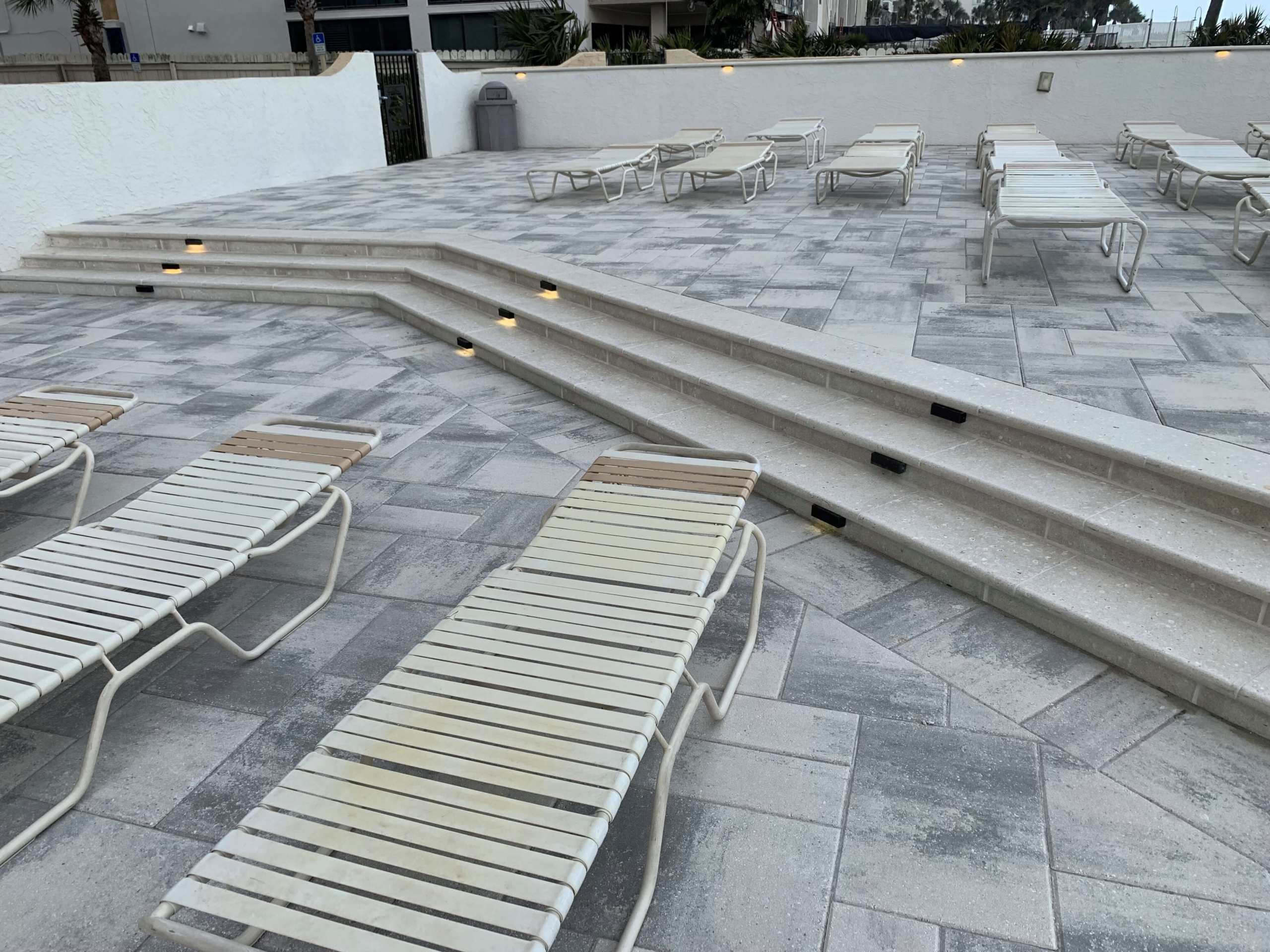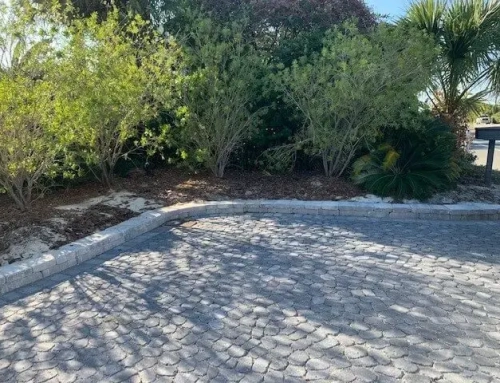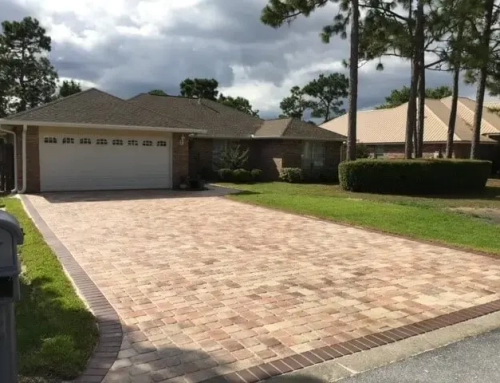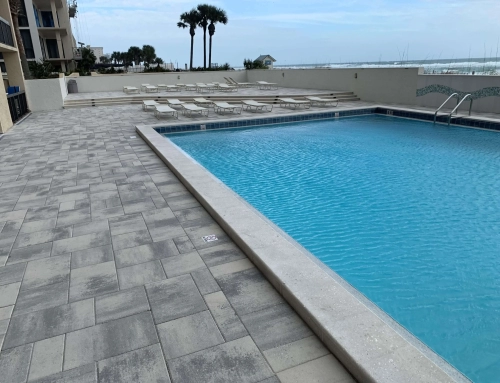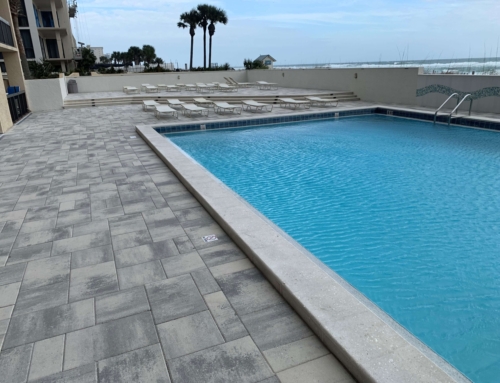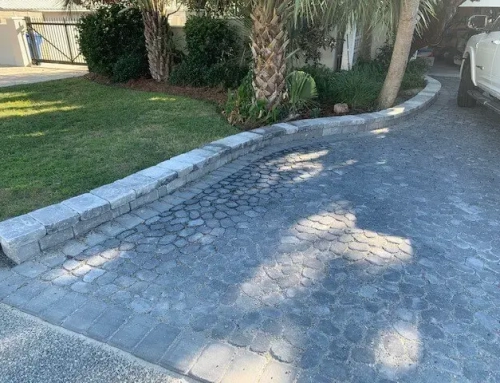Maintenance Tips for Paver Retaining Walls
Proper maintenance is key to ensuring the longevity and appearance of your paver retaining wall. With the right care, your wall can remain a functional and beautiful part of your landscape for many years. Here’s how to keep it in top condition:
Regular Cleaning
Keeping your paver retaining wall clean is the first step in maintaining its appearance and durability:
- Routine Washing:
- Use a garden hose with a spray nozzle to rinse off dirt, dust, and debris from the wall. For more stubborn stains, a pressure washer can be used on a low setting. Be cautious with pressure to avoid damaging the pavers.
- Removing Stains:
- For oil, grease, or other stains, use a mild detergent mixed with water. Apply the solution to the affected area, scrub gently with a soft-bristle brush, and rinse thoroughly. For tougher stains, consider using a paver-specific cleaning product.
- Preventing Efflorescence:
- Efflorescence, a white powdery residue, can sometimes appear on pavers due to natural salts coming to the surface. It’s not harmful but can be unsightly. To remove it, use an efflorescence cleaner designed for pavers, and follow the manufacturer’s instructions.
Inspecting for Damage
Regular inspection of your paver retaining wall helps catch potential issues before they become major problems:
- Checking for Cracks and Shifting:
- Periodically inspect the wall for cracks in the pavers or signs that the wall is shifting or bulging. These could be signs of settling or water damage. Address these issues promptly to prevent further damage.
- Repairing Minor Damage:
- Small cracks can often be filled with a paver crack filler or sealant. If a paver is severely damaged, it can be removed and replaced. For shifting pavers, consider releveling or reinforcing the base material.
Sealing Paver Retaining Walls
Sealing your paver retaining wall can help protect it from the elements and extend its lifespan:
- Benefits of Sealing:
- Sealing adds a protective layer to the pavers, helping to repel water, resist stains, and prevent the growth of mold and mildew. It also enhances the color of the pavers, making them look more vibrant.
- How and When to Seal:
- Apply a high-quality paver sealer after the wall has been cleaned and dried. Sealing should be done every 2-3 years, depending on the exposure to the elements and wear and tear. Always follow the sealer manufacturer’s instructions for the best results.
Preventing Weed Growth
Weeds and moss can sometimes grow in the joints between pavers, detracting from the wall’s appearance and potentially compromising its structure:
- Weed Control Methods:
- To prevent weed growth, apply a weed inhibitor to the joints after installation. If weeds do appear, remove them promptly by hand or use a herbicide that is safe for pavers.
- Regular Joint Maintenance:
- Keep the joints filled with joint sand or polymeric sand to minimize the space where weeds can take root. If you notice the sand has settled or washed out, refill the joints to maintain the integrity of the wall.

